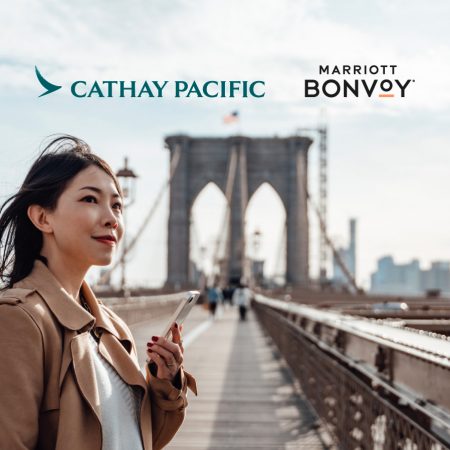5 things to know about Madame Song
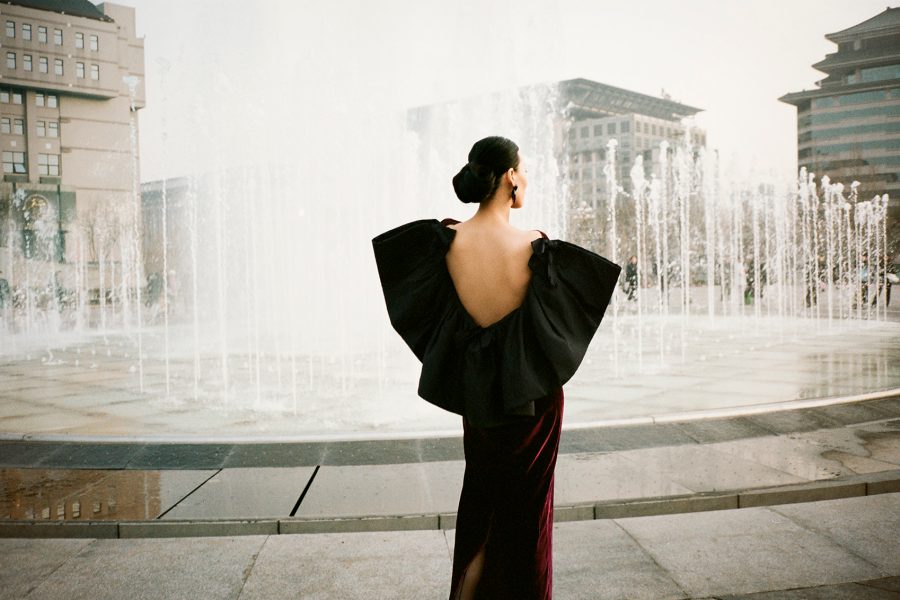
A stylish new M+ exhibition opens with a question many have asked since it was announced: who exactly is Madame Song?
After the success that Hong Kong’s contemporary visual culture museum saw with its vastly popular Yayoi Kusama show and its Hong Kong-centred exhibition, expectations were bound to be high for anything that followed. Fortunately, in their places comes a multimedia show teeming with daring Pierre Cardin archival gowns and feminist textile art pieces, charting the rise of one of modern China’s pop culture pioneers: Song Huai-Kuei, otherwise known as Madame Song.
“She was a very cosmopolitan woman at a time when this was highly unusual,” says Tanja Cunz, Associate Curator, Design and Architecture, M+.
“[She had] different identities: artist, entrepreneur, fashionista and cultural ambassador.” Mirroring Song’s life in art, each facet of her personality provides the structure of the exhibition.
Before you head to see the special exhibition Madame Song: Pioneering Art and Fashion in China, here are five things you need to know about one of China’s most influential trendsetters.
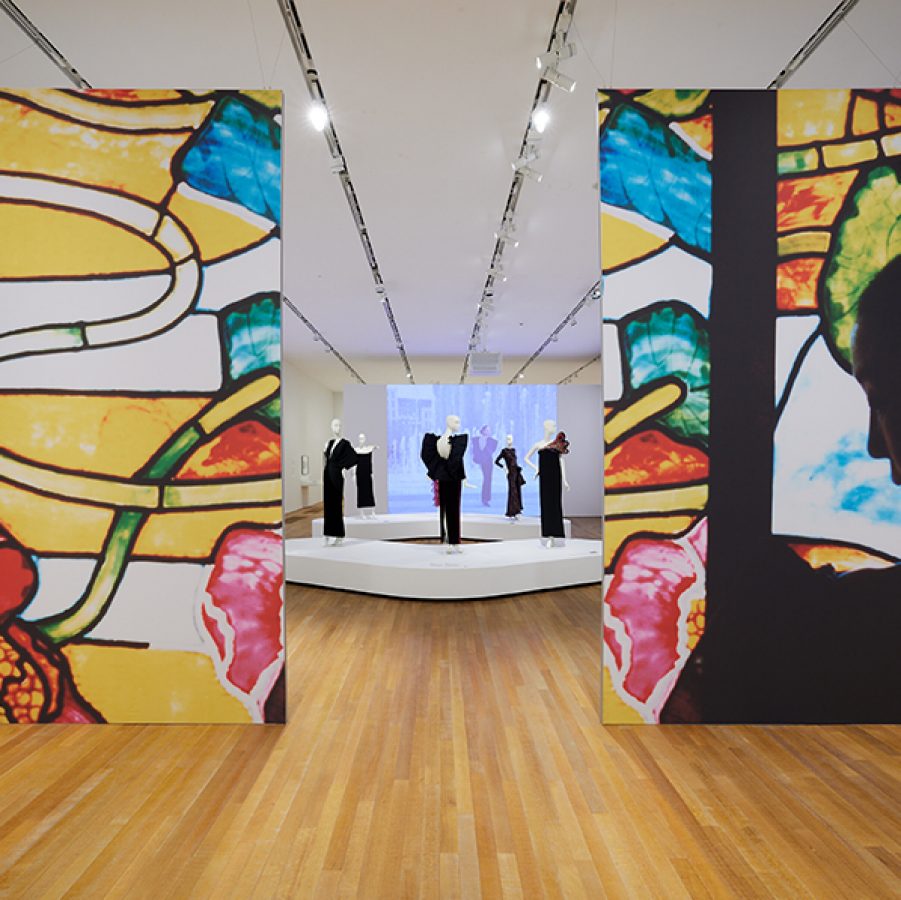
Installation view of Madame Song: Pioneering Art and Fashion in China, 2023
Photo: Dan Leung. Credit: M+, Hong Kong
She wasn’t afraid to push boundaries in her personal life
Born in 1937, Song originally intended to be an artist, but over the years her life took a number of thrilling turns. One of the most pivotal points in her life came when she met Bulgarian tapestry artist Maryn Varbanov while studying oil painting at the Central Academy of Fine Arts in Beijing. The two fell in love at a time when having a relationship with a Westerner was practically unheard of in Chinese society. They were desperate to be wed and Song eventually took the matter all the way to the top, pleading in a letter to China’s first Premier Zhou Enlai to be allowed to marry Varbanov.
Amazingly enough, Zhou Enlai eventually granted her permission, and she and Varbanov were wed in Beijing in 1956, becoming the first mixed couple to marry since the Cultural Revolution. Song also began to collaborate with Varbanov on large-scale tapestry installations and created her own tapestry series which drew on Chinese philosophical concepts and the feminist movement.
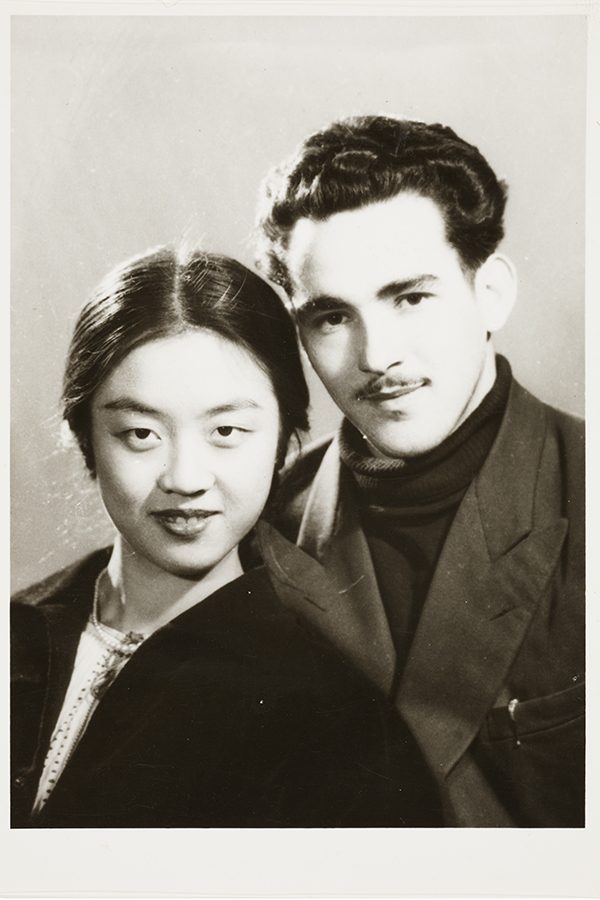
Wedding photo of Song Huai-Kuei and Maryn Varbanov, 1956
Credit: Boryana Varbanov and Phénix Varbanov
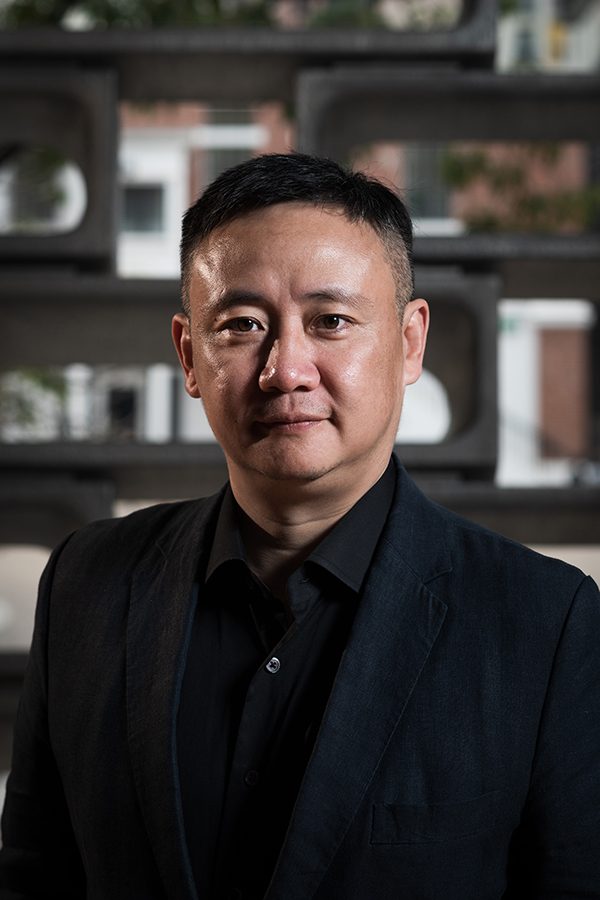
Dr. Pi Li, Curator of Madame Song: Pioneering Art and Fashion in China
Photo: Tai Ngai Lung. Credit: Tai Kwun
She helped Pierre Cardin find a foothold in China
Madame Song became French designer Pierre Cardin’s woman on the ground as he sought to expand his presence in China. According to Pi Li, curator of the exhibition, Cardin had already “recognised the business opportunities in China” and met with manufacturers there. But while Cardin did stage the first fashion show in China since the Cultural Revolution, it was "restricted to industry professionals and government officials,” says Pi Li.
Song and Cardin crossed paths when she joined a Parisian art fair with Varbanov together. Cardin later hired Song to work for him and she went on to help Cardin achieve the impossible – arranging a showroom at the Temple of Heaven for him and winning Cardin a commission as the first Western designer to create Air China’s uniforms.
Outside the world of fashion, she was instrumental in launching Maxim’s Beijing: a French restaurant and gathering spot where big names like Quentin Tarantino, Oliver Stone and Leslie Cheung rubbed elbows. (The late Sir David Tang, who founded Shanghai Tang and The China Club, even held his wedding there.) Maxim’s also hosted many of Cardin’s fashion shows, with models and Song herself wearing his glamorous designs.
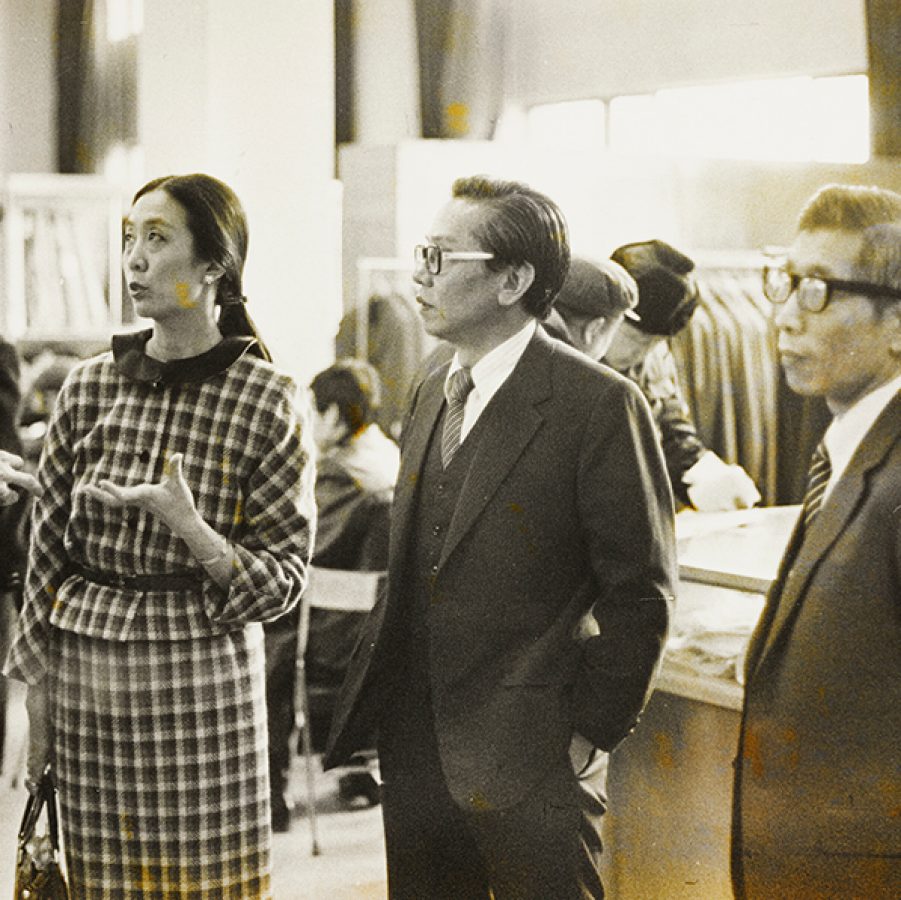
Song Huai-Kuei and Pierre Cardin’s associate, Hugues-Alexandre Tartaut, visiting a textile factory in China
Photo: M+, Hong Kong
She helped launch China’s modelling industry
In one giant photograph inside the M+ exhibition, Chinese models showed gleaming smiles over the top of a European car as the Arc de Triomphe shines behind them – an image that would have been impossible without Song. She was responsible for casting some of China’s first fashion models on behalf of Cardin, creating a job which hadn’t really existed before.
As associate curator Cunz explains, Song scouted men and women off the street – “volleyball and basketball players as well as students” – and coached them herself. “She trained them with photos and magazines and video tapes, which were sent over by her friends in Paris,” says Cunz. “She brought these models to Paris to model for Cardin, which was the first time that Chinese models took to the international stage.”
Runway fashion shows were completely alien to the Chinese public in the wake of the Cultural Revolution, but other Western brands began to follow Cardin’s lead as his and Song’s success continued. Madame Song’s daughter Boryana even served as translator for French designer Yves Saint Laurent when he visited China.
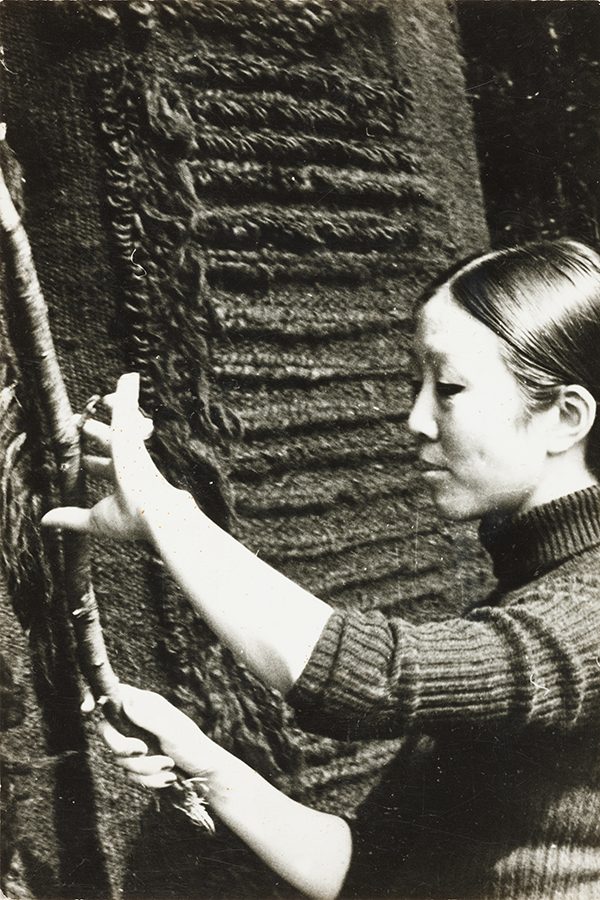
Song Huai-Kuei with Aporia (1972), a collaborative work with Maryn Varbanov, ca. 1972
Credit: Boryana Varbanov and Phénix Varbanov
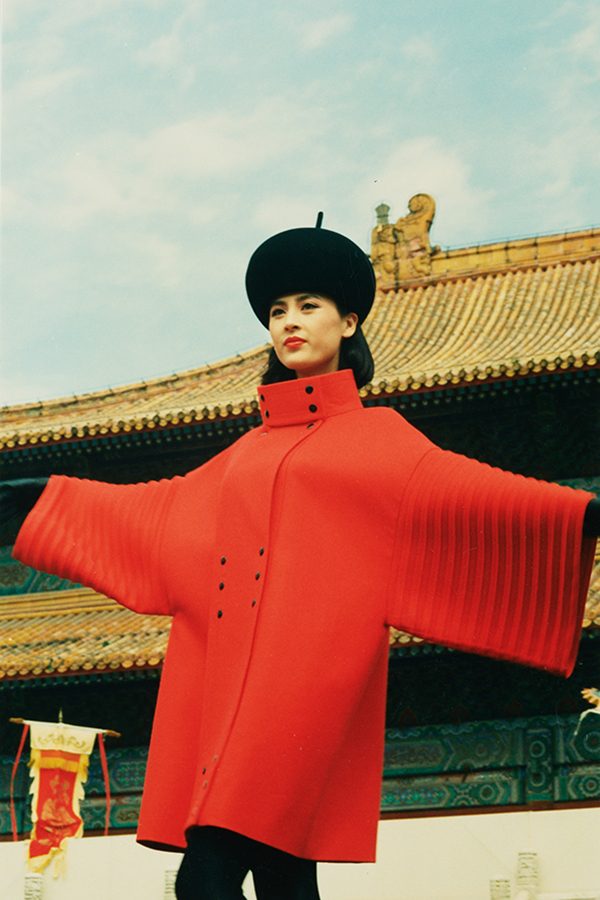
Pierre Cardin fashion show at the Imperial Ancestral Temple in Beijing, 1990
Photo: M+, Hong Kong
She challenged China’s standards of beauty
China’s vision of beauty began to shift away from the standards of the Cultural Revolution as international fashion brands entered China and women like Song found new ways to express themselves.
Song, on the other hand, did not shy away from expressing herself through her art and her clothing, with many of her archival Pierre Cardin outfits featured in the M+ show. From daring backless gowns to citrus one-shouldered dresses, her international style was a far cry from the uniform clothing of the period and hugely influenced Chinese fashion and popular culture at the time.
Cunz says: “Accentuating femininity and individuality was quite a bold thing for her to do, especially at the beginning of the 1980s, and again, this really contributed to changing the perception of women in China. It inspired young women to be proud of their femininity.”
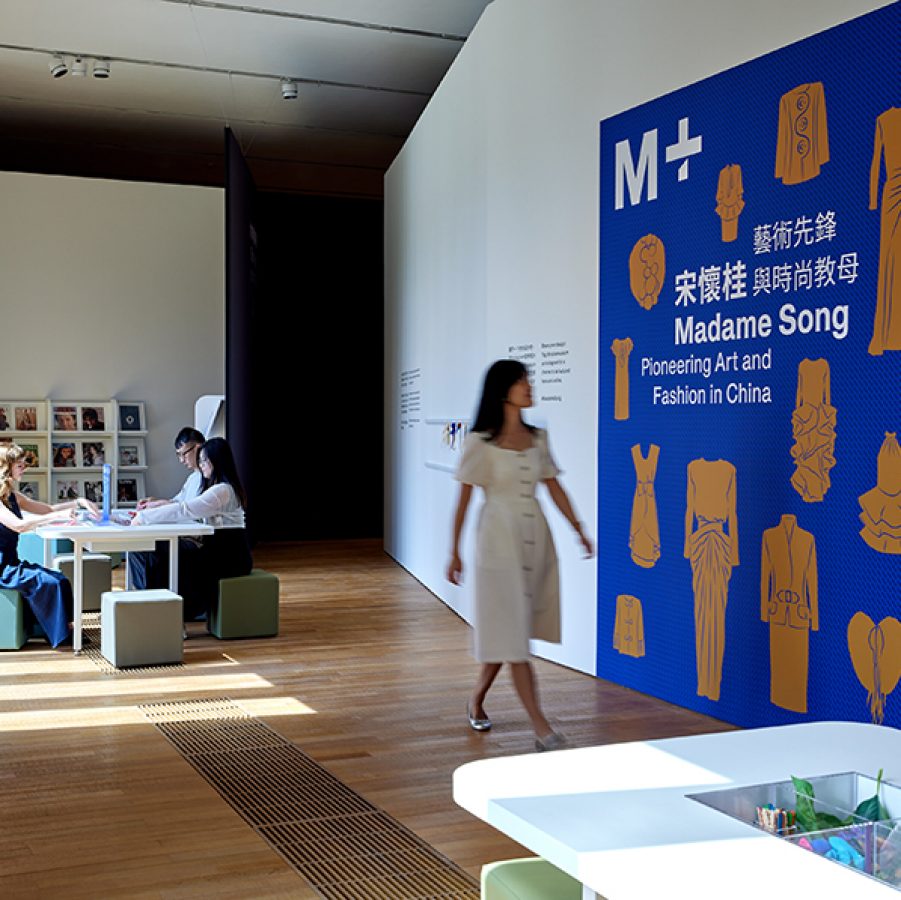
Installation view of Madame Song: Pioneering Art and Fashion in China, 2023
Photo: Dan Leung. Credit: M+, Hong Kong
She starred in an Oscar-winning film
Madame Song dabbled in acting while living in Sofia with Varbanov, but she landed the role of a lifetime when she met Bernardo Bertolucci. The Italian director became a frequent guest at Maxim’s, and was utterly charmed by Song.
Bertolucci would go on to make The Last Emperor in 1987, making history as the first Western director to film in the Forbidden City. Bertolucci cast Song as Lung Yu, the dowager empress and mother of the titular emperor Pu Yi. The film won nine Oscars the following year, including Best Picture and Best Director. It also swept up the Oscar for Best Costume Design and one of the striking costumes is on display at the M+ exhibition.
M+’s special exhibition “Madame Song: Pioneering Art and Fashion in China ” runs till 14 April 2024.
More inspiration
Hong Kong travel information
- China – the Chinese Mainland, Hong Kong SAR, Macao SAR and Taiwan Region
- Hong Kong SAR - English
- Chinese Mainland (China) - English
- Taiwan, China - English
- 香港特別行政區 - 繁體中文
- 中国內地 - 简体中文
- 中國台灣 - 繁體中文
- Africa
- South Africa - English
- Asia
- Bangladesh - English
- Korea - English
- Singapore - English
- Cambodia - English
- 한국 - 한국어
- Sri Lanka - English
- India - English
- Malaysia - English
- Thailand - English
- Indonesia - English
- Maldives - English
- ประเทศไทย - ภาษาไทย
- Indonesia - Bahasa Indonesia
- Myanmar - English
- Vietnam - English
- Japan - English
- Nepal - English
- Việt Nam - tiếng Việt
- 日本 - 日本語
- Philippines - English
- Australasia
- Australia - English
- New Zealand - English
- Europe
- Belgium - English
- France - Français
- Россия - Русский
- Denmark - English
- Ireland - English
- Schweiz - Deutsch
- Deutschland - Deutsch
- Italia - Italiano
- United Kingdom - English
- España - Español
- Nederland - Nederlands
- Middle East
- Bahrain - English
- Saudi Arabia - English
- United Arab Emirates and Qatar - English
- Israel - English
